Donic Baracuda vs. Nittaku Fastarc G-1: Spinmonsters!
With the rise of tensor technology, several products with this built-in technology have been released to the market by various manufacturers with Butterfly among the first and most popular ones out there. Other companies like Nittaku and Donic are also offering similar rubbers trying to replicate Tenergy 05's famous spring sponge technology but with their own, unique characteristics applied to them. Today we'll compare two very well known products world-wide, the Nittaku Fastarc G-1 and Donic Baracuda.
Fastarc G-1 vs. Baracuda: Which is Better?
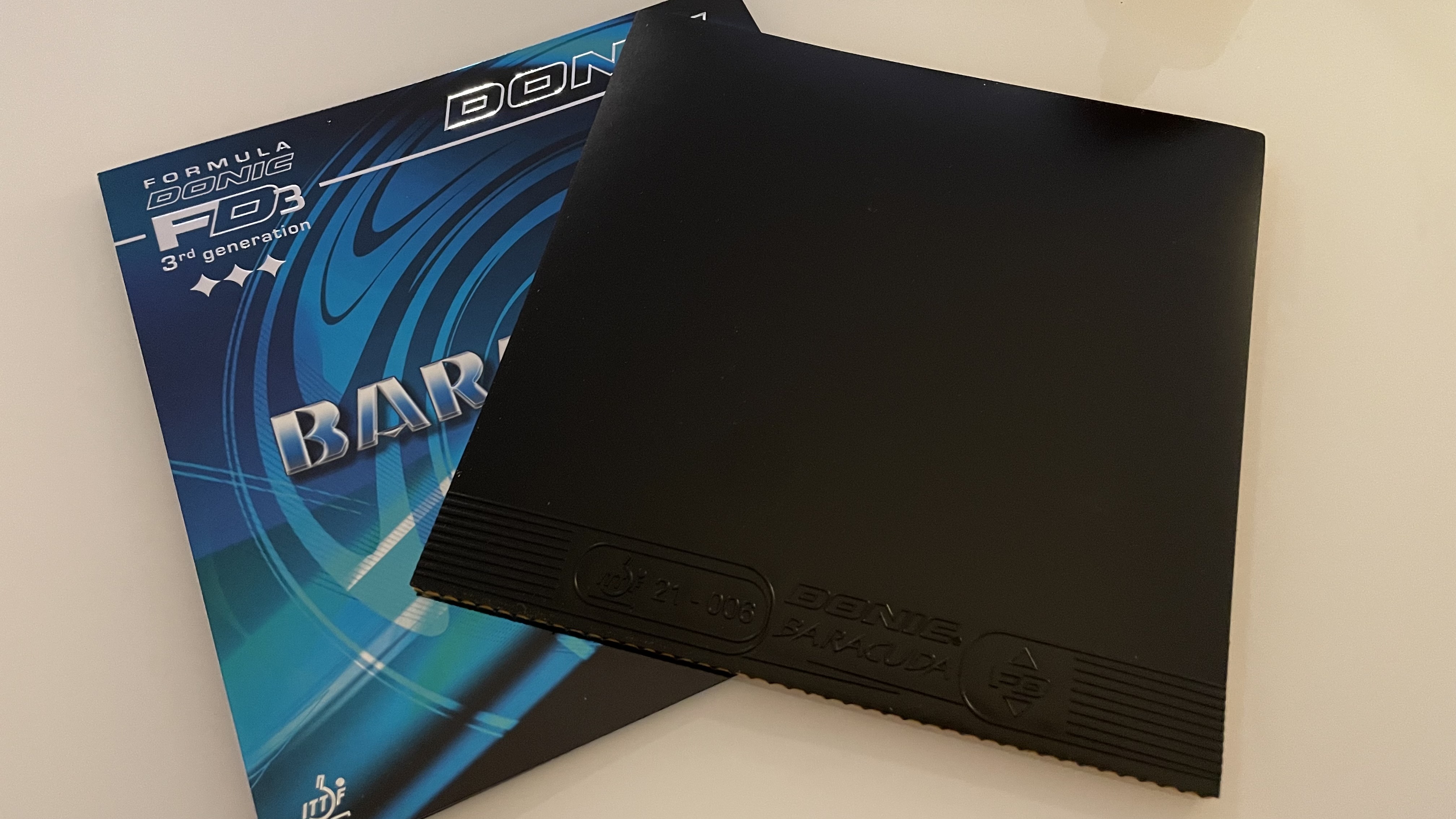
Basically, both rubbers are attempts to compete with Butterfly's Tenergy 05 while Donic's Baracuda being one of the earliest products out there, Nittaku's Fastarc G-1 is a bit younger. For a short period of time even pro players have been using Donic Baracuda before switching to other, more modern products. The Fastarc G-1 however, is still being used by some professional athletes with Mima Ito probably being one of the most popular superstars. That being said, the Baracuda is still sold a lot among recreational and hobby players around the world but why is that so? If pro players think it's outdated, should amateur players stop using it as well? To answer this question, let's first have a look at the rubber:
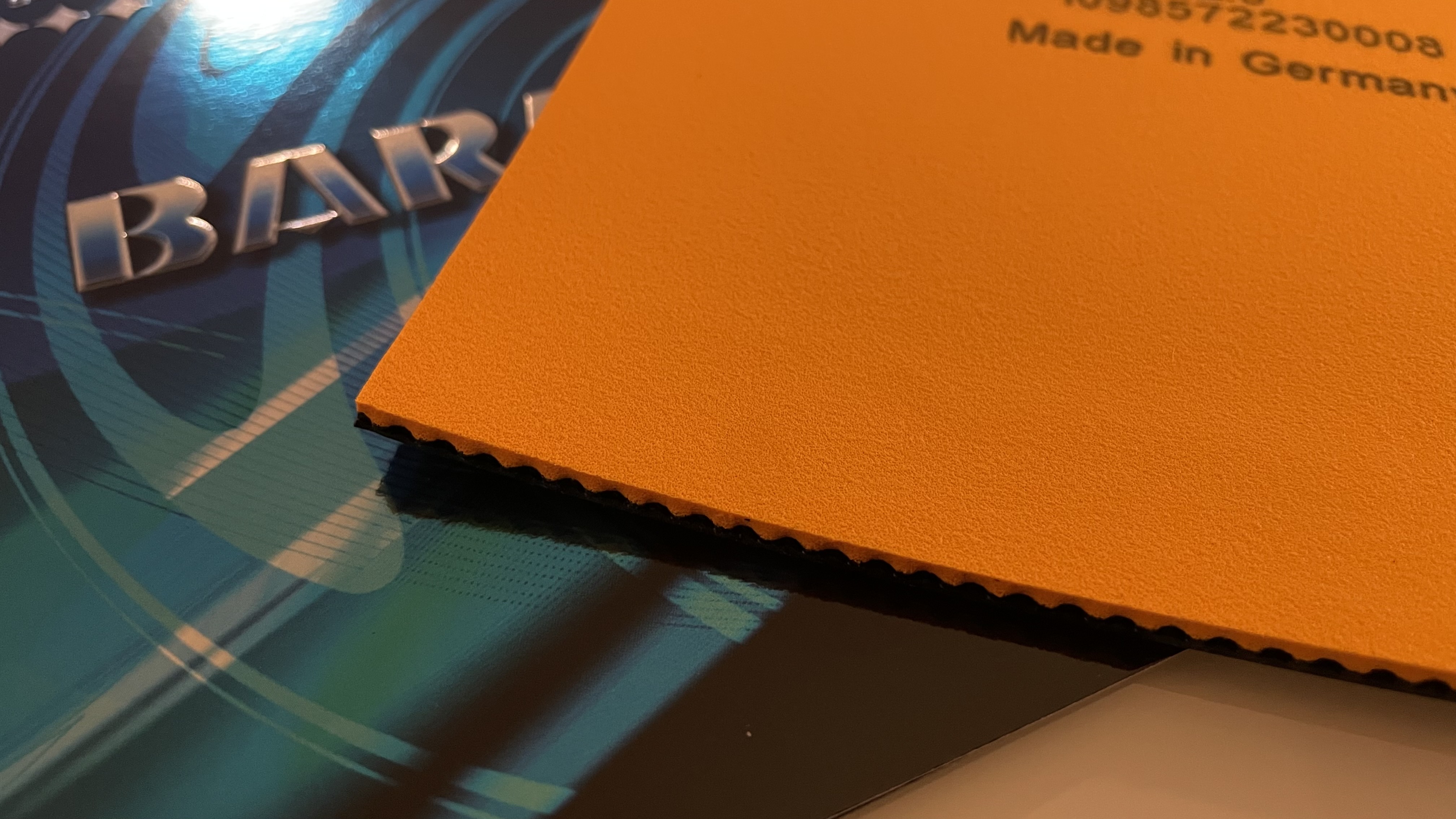
Sponge Comparison
Looking at the sponge, we noticed that both rubbers have the same orange color. Is this just a conincidence or is it due to the fact that Baracuda and the Fastarc series are both manufactured at ESN in Germany? We don't know but at closer examination, we notice the first difference: The pores of the Baracuda are a little finer than compared to the more coarse pored sponge of the G-1. Usually, this means that the Baracuda probably should have a bit less pronounce catapult effect. A hypothesis we will try to confirm or deny later on in our test review. The sponge hardness of the G-1 is 47.5° and Donic's Baracuda is 45°. When pressing against both rubbers, we could not really feel a difference in terms of hardness but see for yourself in our comparison gif below. Baracuda is the one on the top while Fastarc G-1 is shown in the second animation:
Donic Baracuda Sponge Test
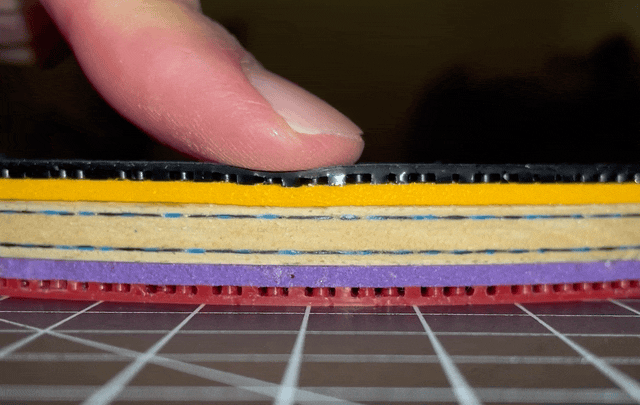
Nittaku Fastarc G-1 Sponge Test
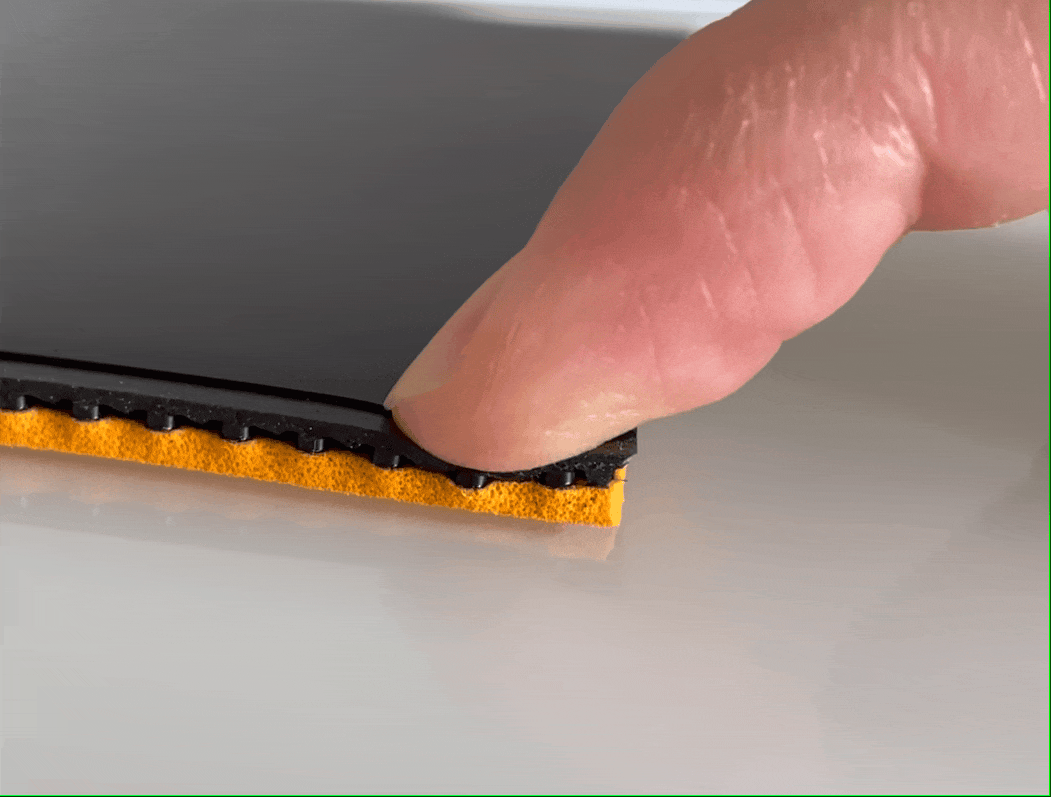
Topsheets
When it comes to the topsheet, both rubbers are grippy when touched with bare hands but the G-1 seems to provide a touch more grip and also feels a bit more elastic. The Baracuda on the other hand feels like having a bit harder and more dull topsheet. Also the grip is ever so slightly less when compared to the G-1 which is not a bad thing at all as Nittaku's Fastarc series is known for its extremely strong grip. Unfortunately, we noticed after just one week of playing that the Baracuda's topsheet started to crack at the edges quite quickly while Fastarc G-1 held up for several months without showing any signs of disintegration.
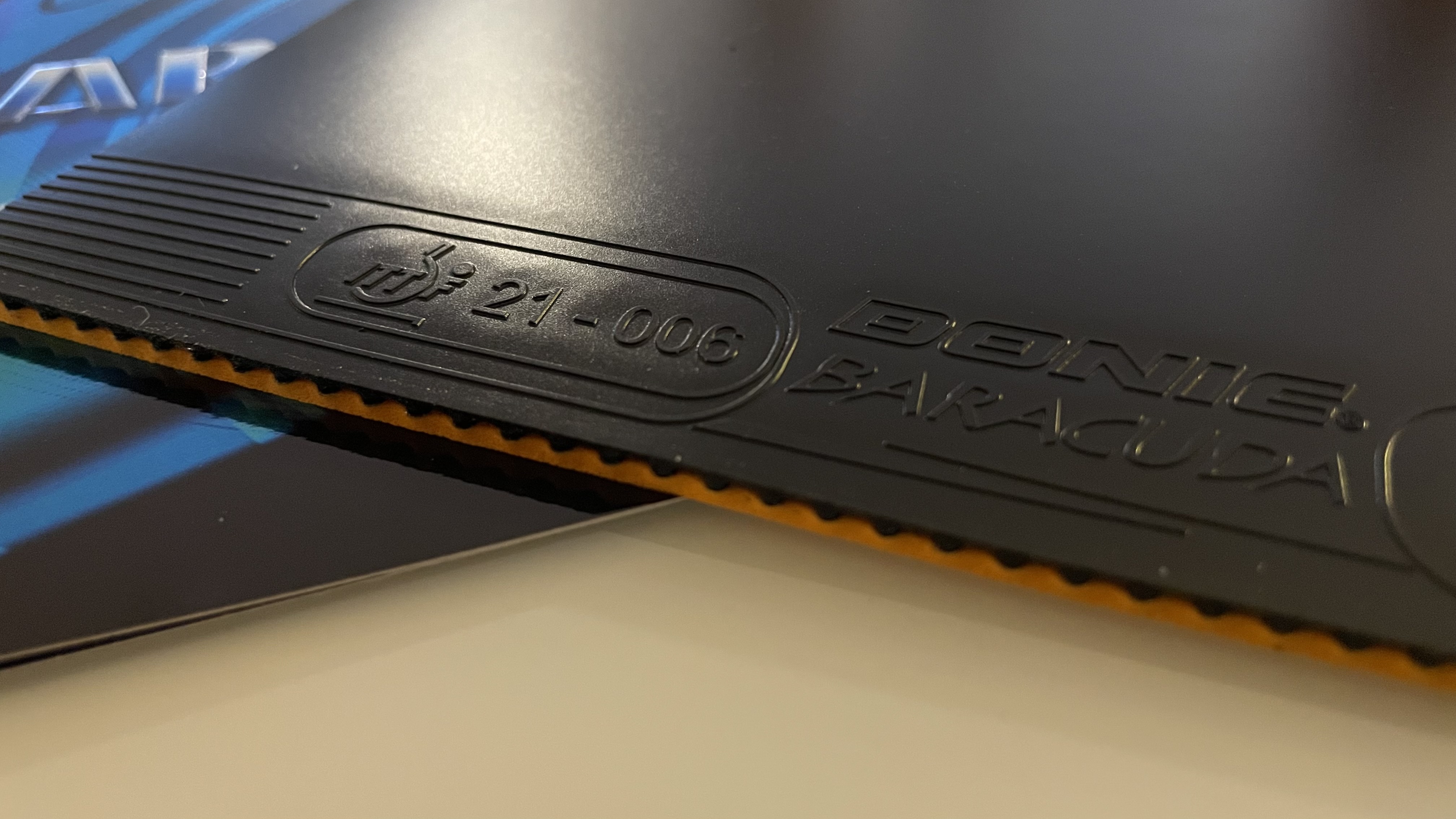
Playing Characteristics
Enough of theories, let's have a look how both rubbers compare when played: First, we start with Nittaku Fastarc G-1: When playing our first drives, we immediately noticed that it has a very nice balance between speed and control. All our balls have a decent pace to them without having to play too hard but it's never too much. With a good technique, most balls played land on the table. Also, the very high arc helps to savely guide our strokes over the net. The overall springy sensation, typical for tensor rubbers, is there but it is never overwhelming and especially very linear. When pushing close to the net, things can be a bit trickier as you need a good feel with your hand to not return too high in order to avoid your opponent being able to attack your push. Looking at forehand topspin loops, we can confirm that this is where the Fastarc G-1 really shines – but only from mid to far distance. When looping close to the table, it can be a bit challenging to keep the power of this rubber under control. When playing further away however, we immediately knew that this is the main territory of this predator. Power topspins were extremely strong and spinny especially when going all in for a counter topspin. Last but not least, the serve game also was very convincing with the Fastarc G-1. Its high amount of grip and spin allowed us to play extremely spinny serves, so no complain here in this area.
The Baracuda on the other hand felt quite similar to the Fastarc G-1 but was slower overall. When playing forehand drives, the ball arc was a bit lower and we had to put a bit more effort into the strike to get it over the net. Once we got used to his however, the control was great. Compared to the Fastarc G-1 we never had the feeling that we could overshoot the table. In the short game, it was easier to place a short ball low over the net as the springy effect was not as strong as compared to the Fastarc G-1. In the looping game, we noticed that the strength of this rubber were the exact opposite compared to its japanese counter part. Topspin strokes close to the table were very easy to perform because the rubber helps to create a good amount of spin without being too springy. However, when moving away from the table, it was quite difficult to attack with speed and power from mid distance. In this case we had to put a lot of effort into each stroke just to get the ball safely over the net. A clear difference when compared to Fastarc G-1. As noted by Tabletennis 11's Patrick Hrdlicka in his Baracuda review, we can confirm that the Baracuda's arc and spin generation is not as monstrous as some people say. Sure the Baracuda creates great spin and a medium to medium-high arc but nothing that's too outstanding compared to the competition. We believe that the reason for this wide-spread, but not too acurate rumor is the fact that the Baracuda has been on the market for a long time now and back then, when it was released for the first time, its attributes probably were outstanding but in today's market it's nothing special.
Conclusion
Donic Baracuda
No doubt, both rubbers are great but they cater to two different types of players. The Baracuda offers more control with a medium to medium-high arc and decent, but not too overwhelming speed. The catapult effect of its sponge is almost not noticeable but it's there when you need it and you hit the ball really hard. We recommend this rubber for anyone who prefers playing close to the table and values control over speed but knows that easy-to-play rubbers like Nittaku Factive or Andro GTT45 are too slow for you. If you're in the market for a new rubber but don't feel ready yet for a speed monster like Tenergy 05, Dignics 05 or Tibhar MX-P, then Donic Baracuda might fit right in the middle. As alternatives you could also consider softer options like Donic Baracuda Big Slam or Nittaku Fastarc C-1 although the most similar rubber compared to the original Baracuda is Yasaka Rakza 7.
Nittaku Fastarc G-1
The Nittaku Fastarc G-1 is also an amazing rubber and one of our all-time favorites. Not only is it half the price of more expensive products like Butterfly's Tenergy 05 but it also delivers a similar performance. Its elastic and powerful sponge make this rubber and absolute weapon from mid distance and every stroke can be played with a lot of spin creating a high arc. Its weakness is when playing close to the table because its linear, but noticeable catapult effect might lead to some balls overshoot the table or simply fly too high offering the opponent an early attack. So, overall if you feel that Tenergy 05 is too springy and MX-P is too fast, try out the Nittaku Fastarc G-1. It's great as long as you feel comfortable in the mid distance game. Last but not least, it's noteworthy that the Fastarc G-1 seems to be way more durable than compared to Donic Baracuda. Even after playing for months, this rubber still looks almost as new while the Baracuda's topsheet started to crack at the edges after playing just for one week. It's no big deal as this is just a cosmetic issue but if this is important for you, then Baracuda is probably not for you.
 Spin Testers
Spin Testers
